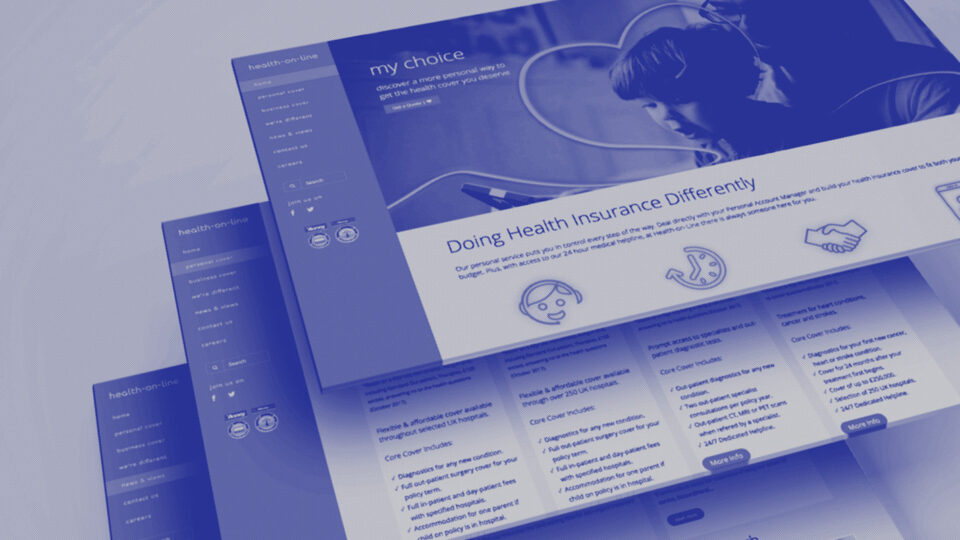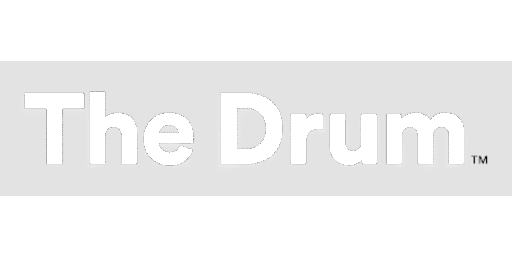
Building a new website, whatever the scale, can be a daunting prospect. There are numerous pitfalls to fall into that can extend deadlines, increase costs and lead to an unsatisfactory end product. Having clearly defined objectives for any such project is a solid step in the right direction, but here are our top three tips for ensuring your next web development project runs smoothly and delivers on its objectives.
Clearly Define Your Target Audience
Understanding exactly who your core target audience is, is an underappreciated aspect of web design, but if you think about it, how can you develop a website for your target clientele if you’re not clear on who they are and what they want?
One of the most commonly used ways to do this is developing marketing personas, generalized representations of your ideal customers. This process requires a business to have a firm understanding of its primary audience, or to conduct a series of interviews and use questionnaires and surveys in order to define usable personas.
You’ll want to understand how your target audience accesses your content and what channels they engage with you on? How often do they visit your web properties and what actions do they take there? What does the sales cycle look like for this group – is it a multi-touch process? What language do they use to discuss your product or service?
Once you’ve gathered this information, you’ll be better placed to make informed decisions on your site’s information architecture, content labelling, homepage content, calls to action, device preferences and so much more.
Be Clear About The Website’s Primary Purpose
If you design a website with split purposes it can have a confusing user journey and conflicting calls-to-action which will deliver sub-optimal results. Understanding your audience and their motivations in engaging your brand is the first step but having a clearly defined purpose is the key to launching a successful website.
Is your site a direct sales tool on which a purchase is made, or is it a lead generation tool that captures user information to be passed over to the sales team for a follow up? Perhaps it’s an informational resource for customers to reduce help centre call times, or maybe it’s a brochure site as part of an extended sales cycle that establishes your brand’s credentials.
By establishing what the primary purpose of the site is, it can be designed with that goal in mind. If the site is focused on lead generation you’d expect to see contact details and calls-to-action for form completions on the homepage, while an information resource should be signposting most visited content and frequently asked questions prominently during the user’s journey. Alternatively, a site focused on direct online sales should have a streamlined checkout process and features such as saving a preferred shipping address to remove barriers from completing a purchase.
What Technology Is The Best Fit?
Selecting the right content management system (CMS) to build your website on is a crucial decision that can have a lasting effect on the success of failure of a website. Typically, there are three options:
- Free – WordPress is the best known of the free CMS’, but other suppliers are out there; SquareSpace, Wix, Drupal and Joomla to name just a few. These are Open Source platforms with a range of freemium plugins and extensions that can be downloaded and added to the base CMS to enhance its capabilities. While they are ‘free’ the larger and more technical the website you intend to build, the less suitable these systems often are although they are among the most widely adopted CMS’.
- Licenced/Proprietary – Umbraco, Sitecore and Kentico (and many others) provide more sophisticated options but they come at the cost of an annual licence. Out of the box they offer more robust fucntionality for your development partners as well as dedicated support teams, product updates, and often hosting packages. Because of the proprietary nature of a licenced CMS this offers larger businesses a level of assurance and culpability that a freemium CMS does not.
- Bespoke – Some agencies will use their own customised, bespoke CMS which they have developed themselves over several years. These systems while often a cost-effective alternative to a proprietary CMS and more feature-rich than a free CMS, can be somewhat niche and this adds complications to any handover process to another agency. The experience and knowledge of a bespoke CMS resides solely within the agency that created it, so subsequent development projects can prove difficult if the business is no longer working with the original development agency.
Having chosen a suitable CMS, clearly defined your primary audience and agreed upon the core KPIs (key performance indicators) for your next website you’ll have taken steps to ensure its a success. If you’d like help with planning and scoping your next development project, please contact Ross Miles on 01202 559 559 or drop us an email.



